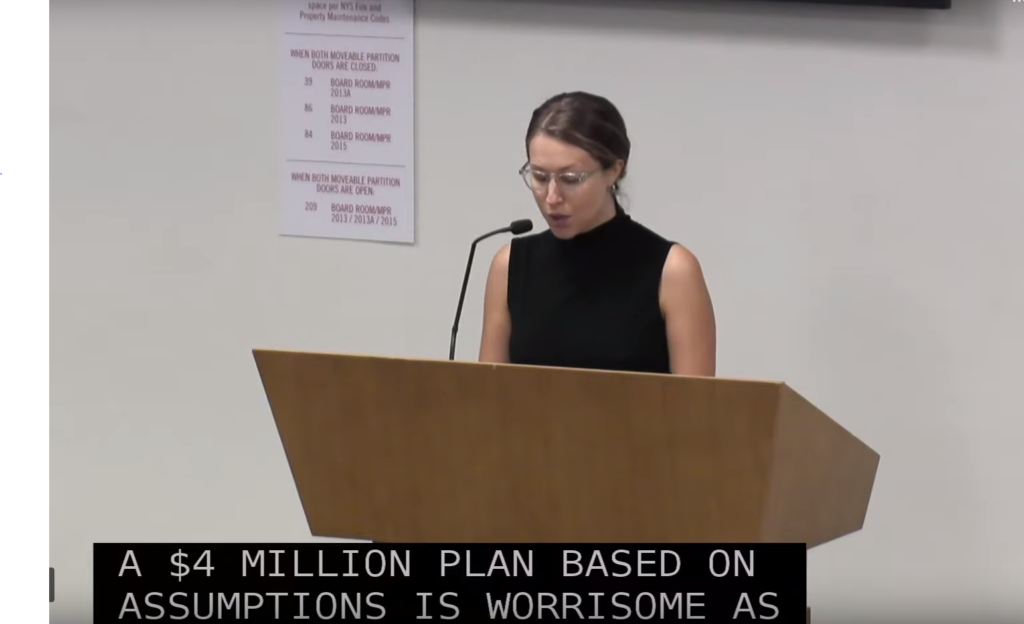The acceptance of Congestion Pricing this spring by the New York State Legislature and its inclusion in the state’s budget came with the requirement for an MTA restructuring plan. Two weeks ago, AlixPartners’ MTA Transformation Plan was released, filled with a vague combination of buzzwords and a lengthy disclaimer. This was just one week prior to the July MTA Board meeting where the vote to approve the plan would be held. While several of the recommendations – illustrated in PowerPoint style – are seemingly worthwhile and have been discussed for some time, the report fails to delve into the crux of the problem of how to address the constraints, complexities, and roadblocks to true transformation.
It was disheartening reading through the disclaimer that the plan “is speculative and includes estimates and assumptions which may prove to be wrong.”
The Transformation Plan claims it was based on data that “varied widely in accuracy and completeness.” A $4 million-dollar plan based on assumptions and not on verified facts is worrisome. With a weak basis, the plan also fails to identify some key references: What are the “AlixPartners reference metrics,” “MTA historic performance,” “Performance parameters,” “Peer data published by the FTA and other resources” and “3rd party benchmarks & KPIs” that the report relies on? Where are the hundreds of pages of appendices that form the basis for the assumptions included in the plan? These are crucial in understanding the validity and applicability of the plan to the MTA.
As some recommendations seem helpful on the surface, how implementable are they?
It is worth delving into the efforts the MTA has undertaken that have been effective, like Save Safe Seconds, and which ones haven’t. How have the past consolidations affected performance? These factors contribute to the analysis of what a realistic and successful reorganization plan could be.
The plan references hiring 30 + new top-level management, while extending the hiring freeze for the rest of the organization and consolidating departments – including a decrease of up to 2,700 positions. Many of the report’s key recommendations revolve around the centralization of mission-critical operating agency functions into all-agency operating support groups. While such actions have the potential to realize cost savings and increase inter-agency dialogue, MTA operating agencies historically have been resistant to cooperation and coordination across jurisdictions and disciplines. What mechanisms does the Transformation Plan put in place to ensure that centralization efforts do not end up complicating the smooth coordination of critical tasks?
Most importantly, the plan does not look at international best practices and lessons learned from other transit agencies.
Looking to public transportation systems that have undergone restructuring would help ground recommendations in the Transformation Plan. The Construction and Development recommendations were based on an MTA Board Working Group’s Cost Containment Plan, which has merit, but has yet to be reviewed for success; it was only presented on once after its conception and the public is unaware of what it includes and how it has been successful in reducing costs in the process. What are the actual cost savings? What are the “best practices” of its implementation and how effective is it?
$4 million dollars for a report without “a verification of the facts” is a disservice to riders and taxpayers. Riders want a reorganization plan with assurances that it will work, not one built to fail. They also want to be able to provide meaningful input, and we urge you to include a 45-day public comment period. Nearly nine million daily riders deserve a chance to weigh in on the proposed plan and its proposals. They should have that chance: change is most impactful bottom-up, not top down.
